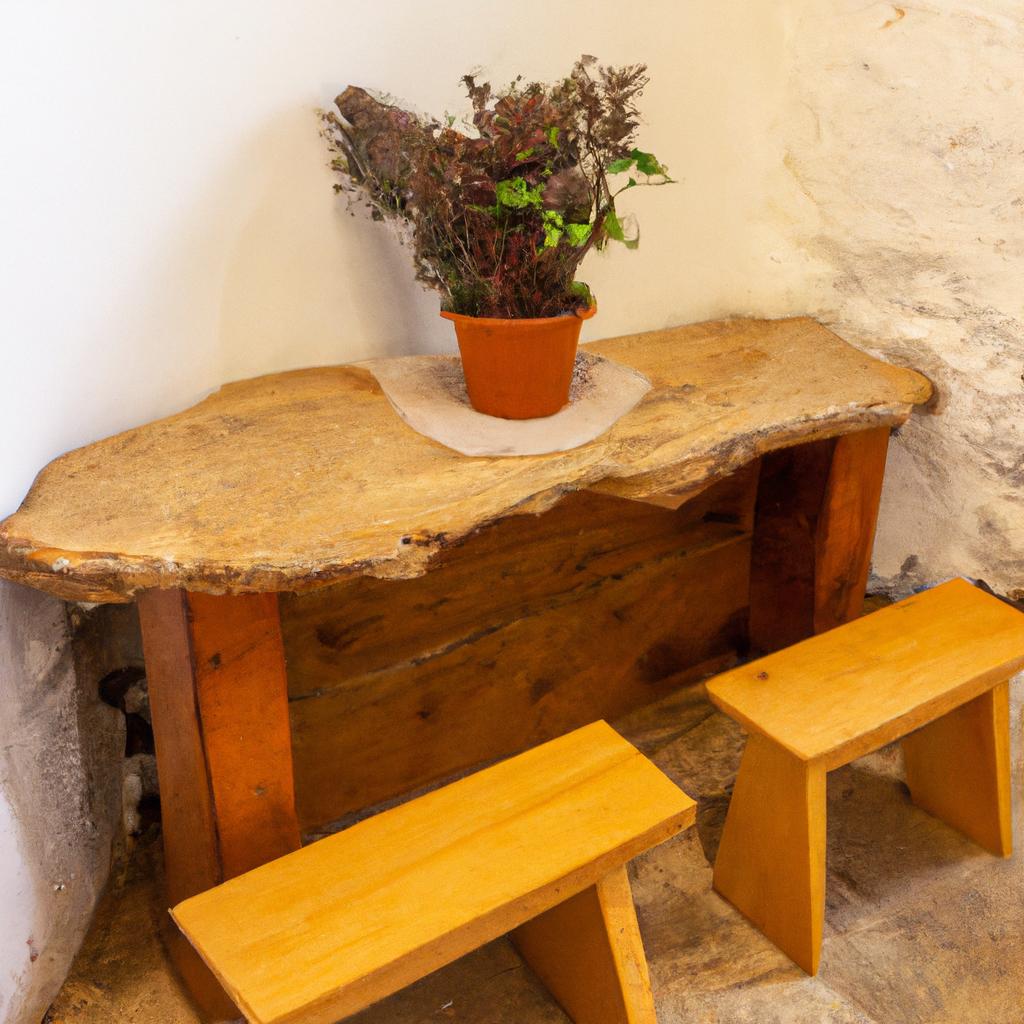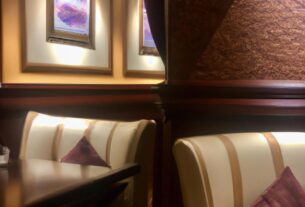Borgund Stave Church captures the essence of stave church architecture, which flourished in medieval Norway. Situated in Lærdal Municipality, this church stands as one of the finest examples of its kind, showcasing a remarkable interior that has drawn visitors from all around the world. Recognized as a UNESCO World Heritage Site, Borgund Stave Church’s architectural design and intricate details make it an unparalleled tourist attraction. Let’s delve into the captivating world of this architectural masterpiece.
The Marvel of Borgund Stave Church Architecture
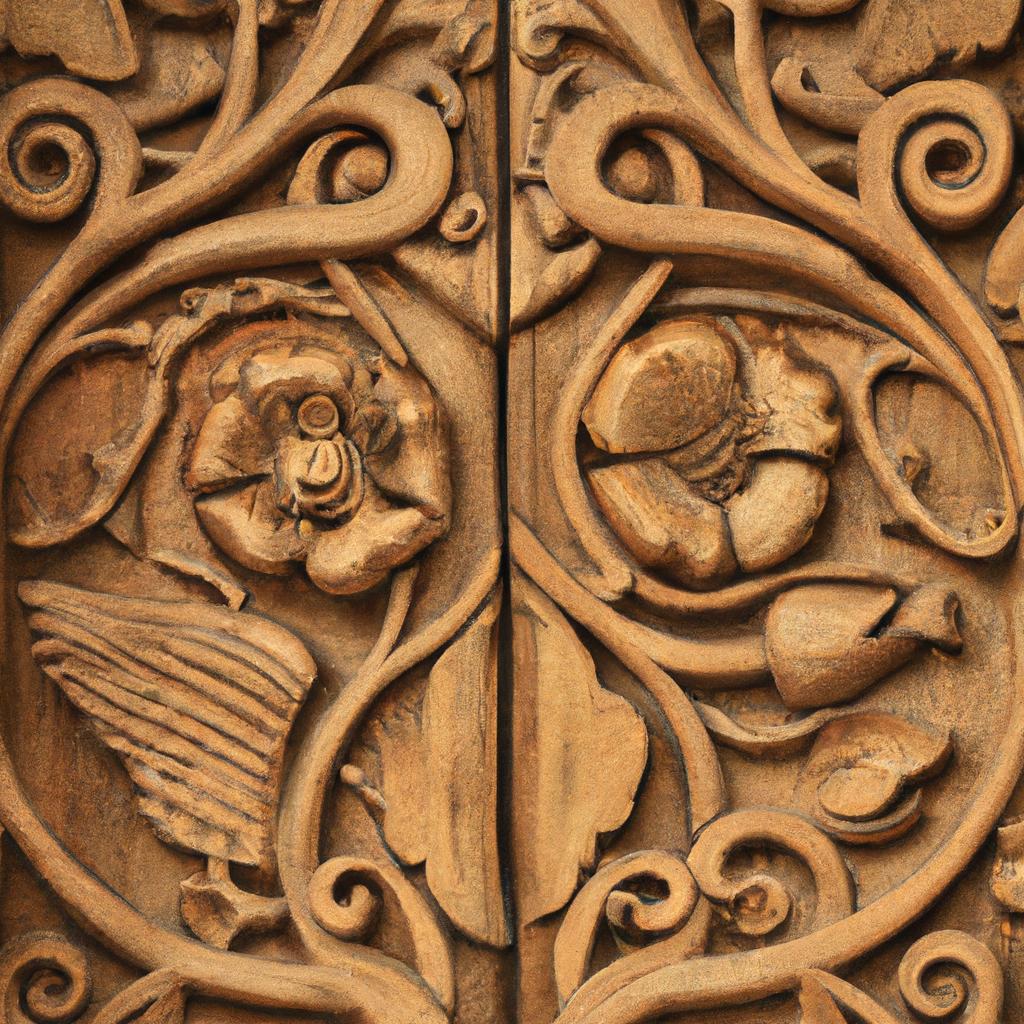
For over 800 years, Borgund Stave Church has endured the test of time, embodying the strength and beauty of wooden structures. Stave church architecture stands out with its characteristic use of vertical wooden posts, or staves, which bear the weight of the entire structure, including the steeply pitched roof adorned with wooden shingles.
This church boasts a rectangular layout, with an elongated section on the eastern side that houses the chancel. The nave, transept, and chancel are separated by two rows of staves, creating three distinct aisles. The exterior of the church exudes elegance with its intricate carvings, including the enchanting dragon heads and other mythical creatures.
Built without the use of nails or metal fasteners, Borgund Stave Church showcases the remarkable craftsmanship and ingenuity of medieval artisans. The wooden components were meticulously joined using interlocking joints, ensuring the church’s resilience against harsh weather and the passage of time.
The Enchanting Interior of Borgund Stave Church
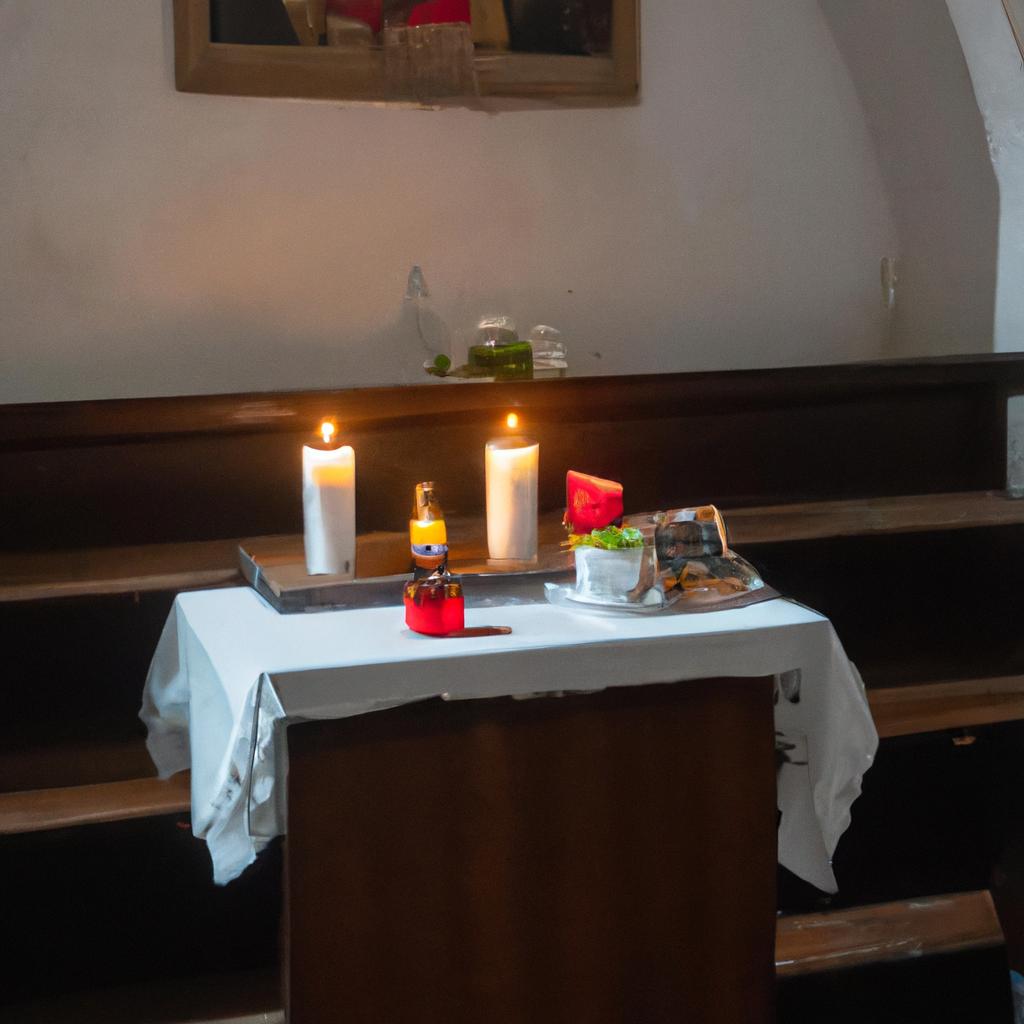
Stepping into the interior of Borgund Stave Church is like entering a world of enchantment. The careful design of the interior aims to evoke a sense of mystery and awe, with its dim lighting and intricate embellishments that captivate visitors from the moment they set foot inside.
The nave, the central part of the church, served as the gathering place for worshipers. Adorned with carvings and painted decorations, it depicts scenes from both the Bible and Norse mythology. The walls are adorned with intricate paintings, illustrating various religious moments like the Passion of Christ and the Last Judgment.
The chancel, the church’s most sacred area, houses the altar and is separated from the nave by an intricately carved screen featuring saints and apostles. Crowned with a crucifix, the screen draws the eye and symbolizes the focal point of the church.
Borgund Stave Church’s interior is also home to a collection of ancient artifacts, including a baptismal font dating back to the 12th century and a pulpit from the 17th century. These artifacts serve as testaments to the church’s rich history and the significance of religion during medieval times.
The Splendor of Borgund Stave Church’s Interior Design
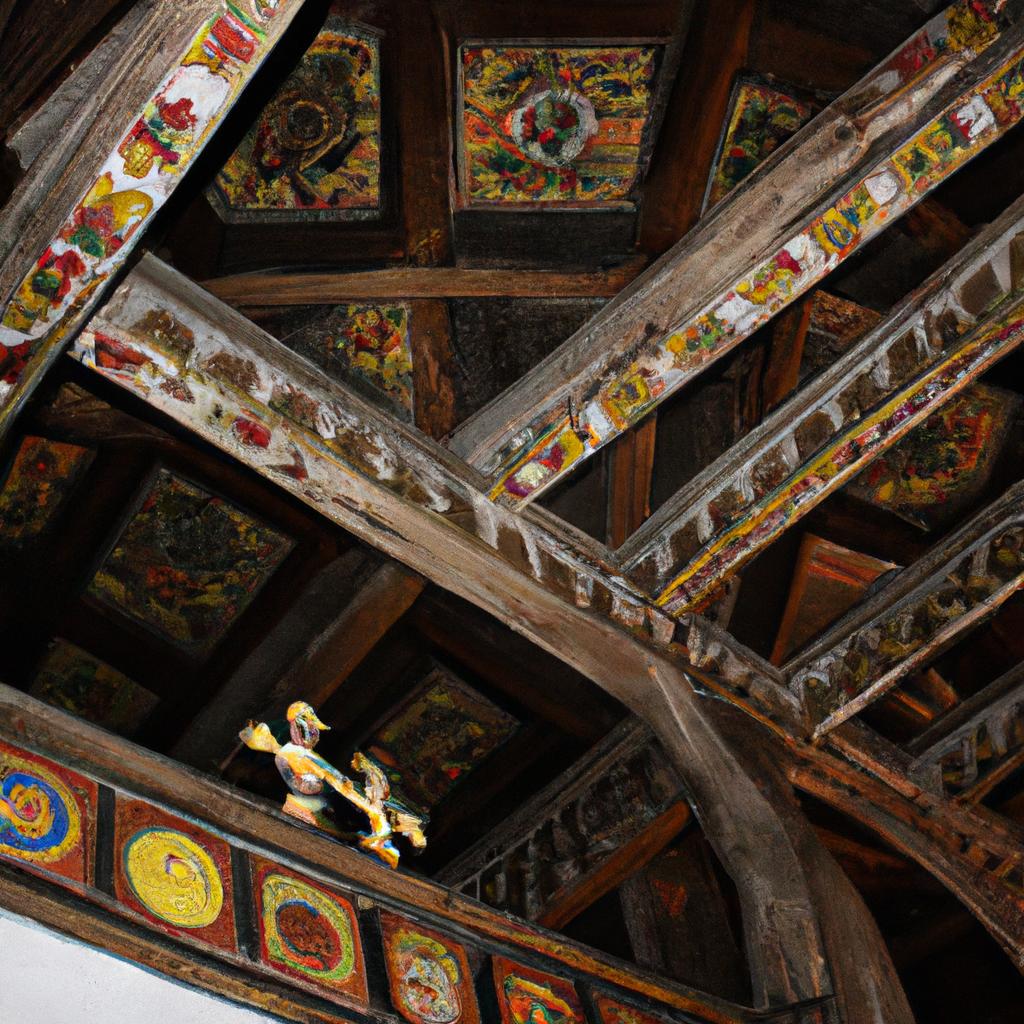
The interior design of Borgund Stave Church stands as a true testament to the skill and creativity of medieval craftsmen. The walls and ceiling of the nave are adorned with intricate carvings and painted decorations. Marvelous carvings depict scenes from religious texts and mythology, while paintings depict various religious episodes, including the Passion of Christ and the Last Judgment.
One of the exceptional features of the church’s interior is the clever use of light to create an atmosphere brimming with mystique. The soft lighting emanates through small windows and openings, enveloping the space in an otherworldly aura that beckons visitors further into the church.
The design of Borgund Stave Church’s interior also has a practical purpose. Its layout was carefully planned to amplify the priest’s voice, enabling it to resonate throughout the nave. This was particularly significant during the Middle Ages when the majority of the population relied on spoken word rather than written text for religious teachings.
Decorative Splendor and Cultural Artifacts of Borgund Stave Church
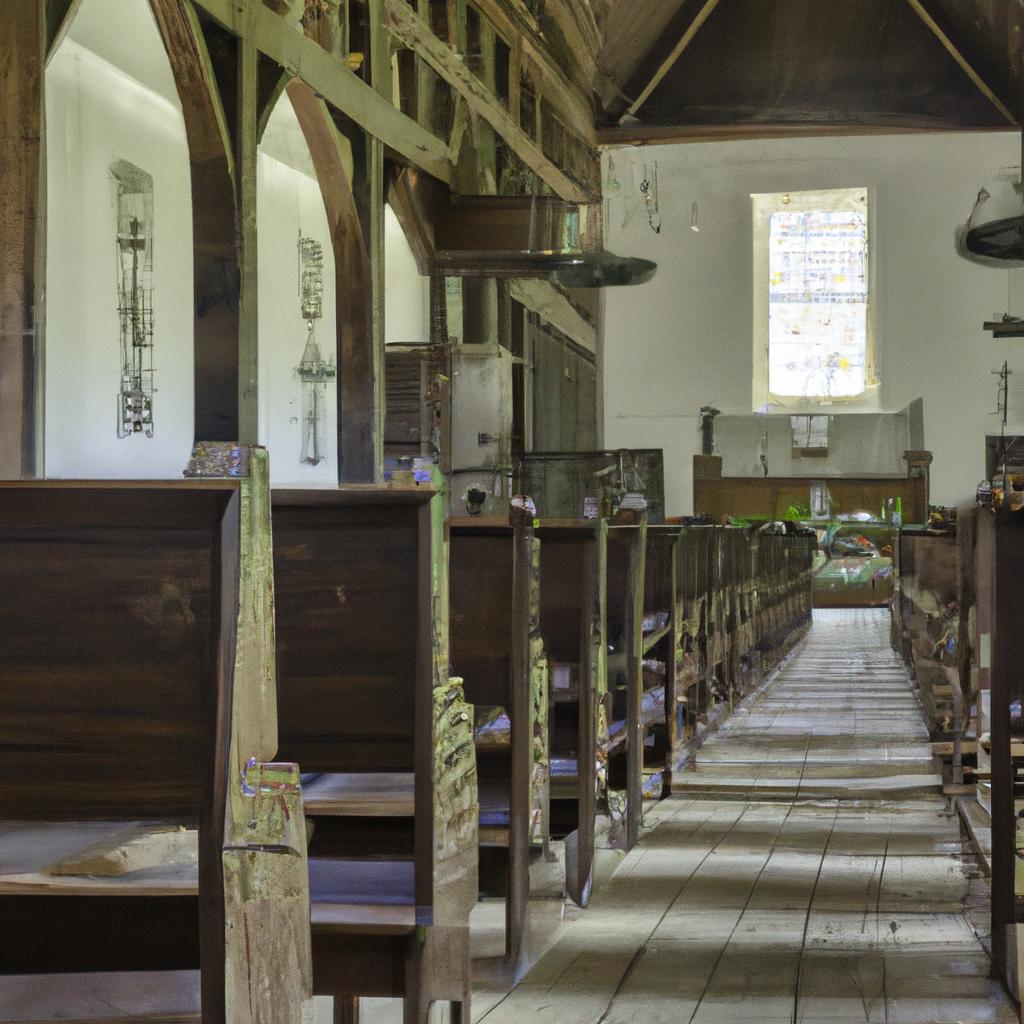
The decorative elements and artifacts within Borgund Stave Church provide captivating insights into medieval Norway’s religious practices and cultural heritage. The church’s walls and ceiling are adorned with a plethora of intricate carvings and painted decorations, creating an immersive experience within the nave.
Among the most remarkable decorative features are the intricately carved dragon heads gracing the roof gables. These carvings, believed to ward off evil spirits, exemplify the unique character of stave churches.
Borgund Stave Church also houses various artifacts that offer glimpses into Norwegian religious practices. The baptismal font, a significant artifact dating back to the 12th century, catches the eye with its soapstone material and intricate carvings. Similarly, the pulpit from the 17th century, intricately adorned with saint and apostle imagery, attests to the significance of preaching during the medieval era.
These adornments and artifacts are a reminder of the invaluable importance of preserving cultural heritage sites like Borgund Stave Church for future generations to appreciate and cherish.
Preserving the Legacy of Borgund Stave Church
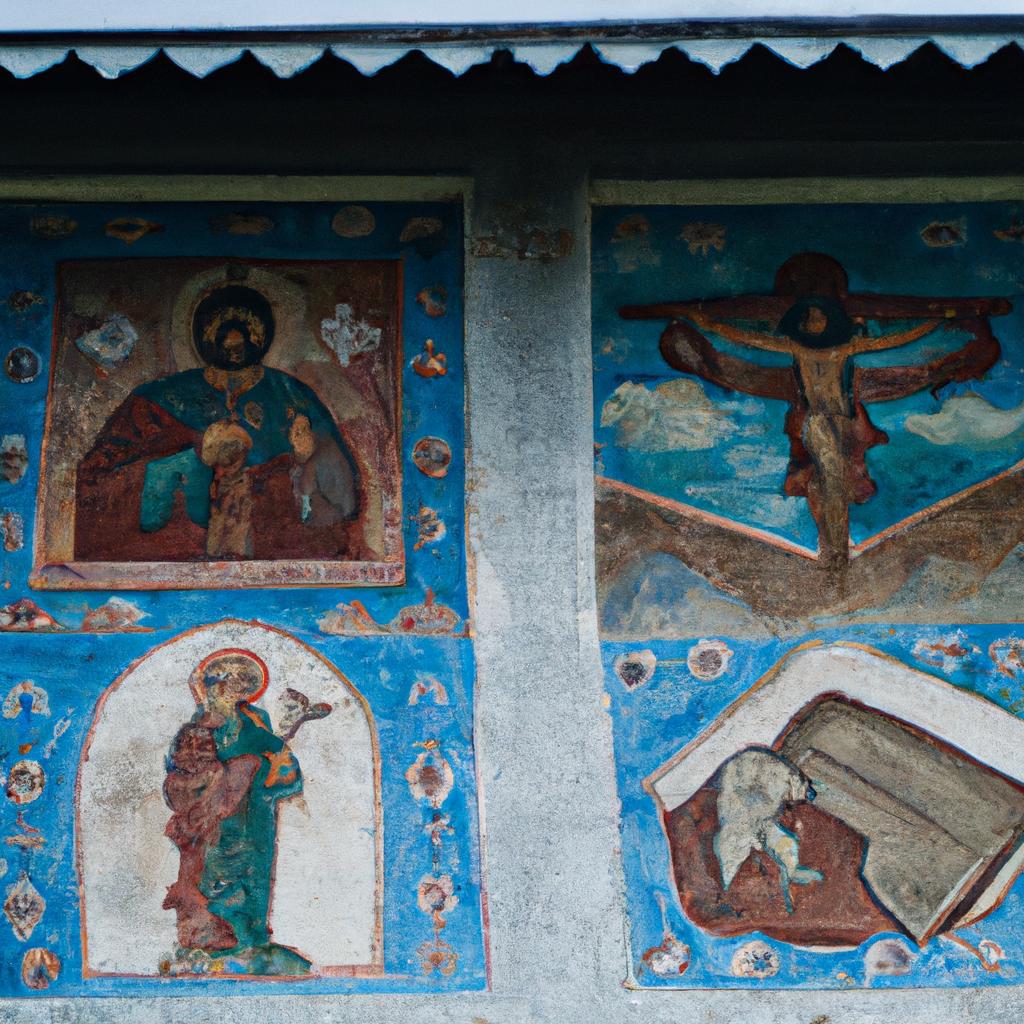
Preserving a wooden marvel such as Borgund Stave Church poses numerous challenges. The church is exposed to the elements, susceptible to insect infestations, and vulnerable to rot. Moreover, human activities, including vandalism and tourism, pose a constant threat to its existence.
Despite these challenges, safeguarding Borgund Stave Church is imperative to protect this invaluable cultural heritage site. It stands not only as a testament to medieval architecture but also as a symbol of Norwegian cultural identity.
Dedicated efforts have been made to preserve the church, including regular maintenance and restoration work. The Norwegian Directorate for Cultural Heritage assumes responsibility for the management and conservation of Borgund Stave Church. Additionally, strict regulations are in place to minimize the impact of tourism and human activity.
In Conclusion
Borgund Stave Church is a captivating embodiment of medieval architecture and Norwegian cultural heritage. Its intricate design and awe-inspiring interior offer a captivating window into the religious and cultural practices of medieval Norway.
Preserving Borgund Stave Church is an essential duty to safeguard this important cultural heritage site. Its endurance over the centuries speaks to the exceptional skill and ingenuity of medieval craftsmen. It falls upon us to safeguard this glorious heritage for future generations.
As TooLacks, we invite you to visit Borgund Stave Church and immerse yourself in its historical and cultural significance. Embracing collective efforts, we can be instrumental in ensuring the preservation of these sites for generations to come.
For more information on TooLacks, click here.
